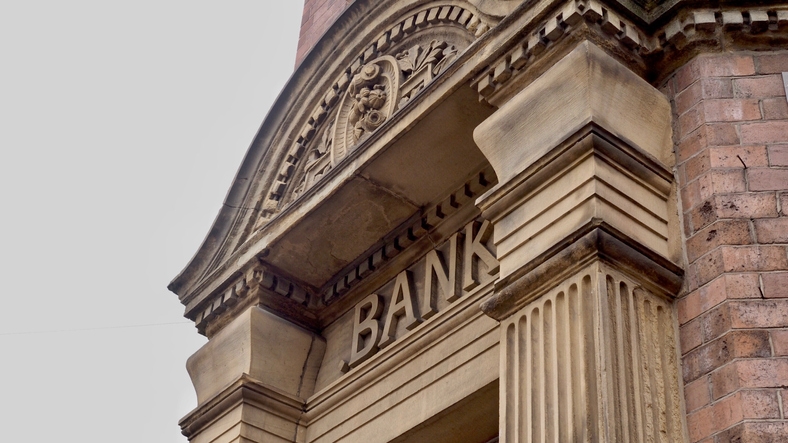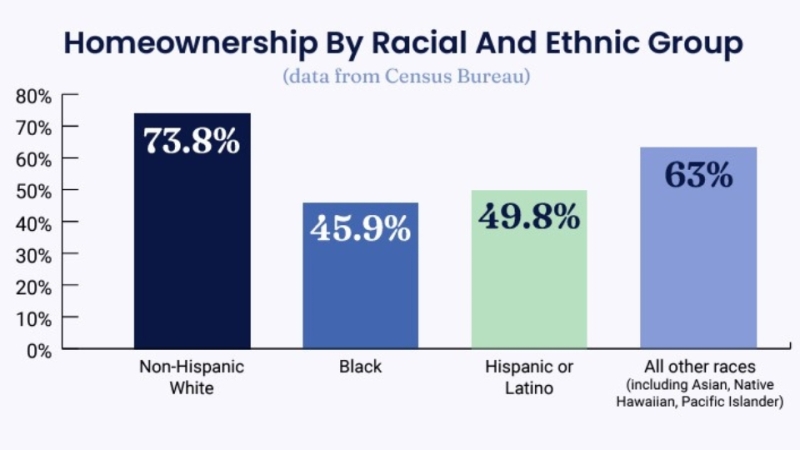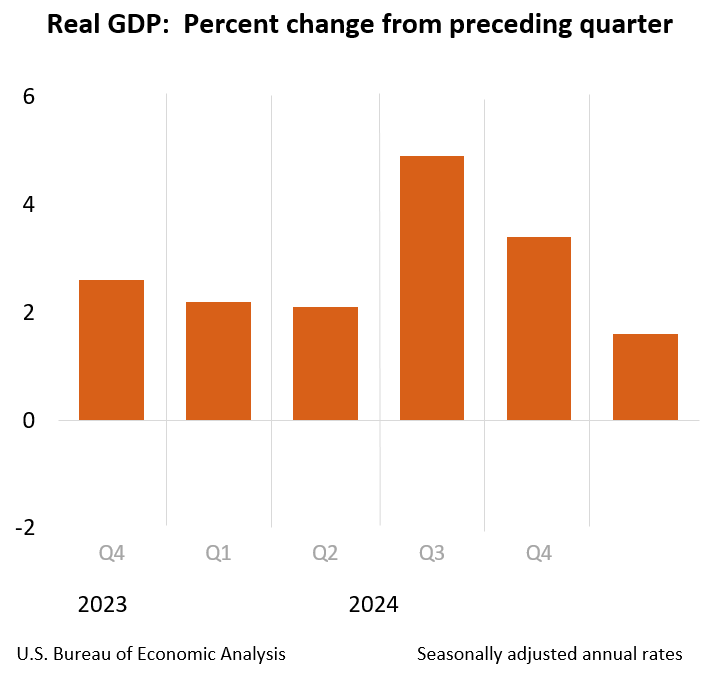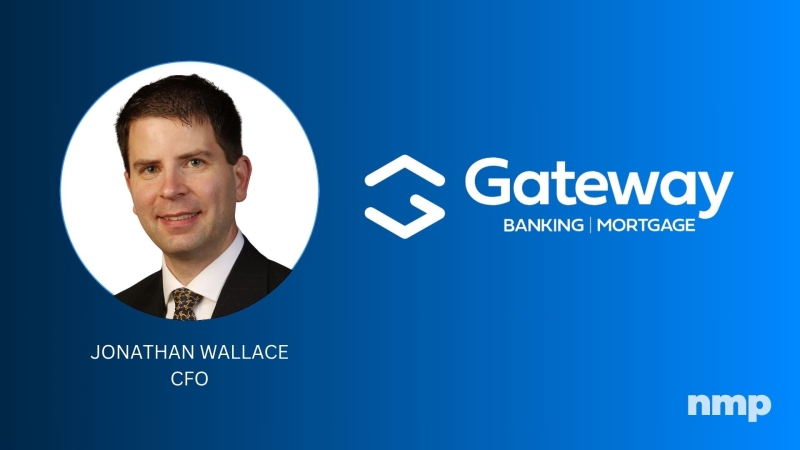Advertisement
New CSBS Paper Series Focuses on Re-Engineering Non-Bank Supervision

The Conference of State Bank Supervisors (CSBS) has published the first chapter in a series that examines the non-bank financial services industry, how it is currently supervised, and ways to enhance supervisory approaches.
The first chapter, “Introduction to the Nonbank Industry,” provides an overview to market segments within the non-bank industry, including mortgage companies, money services businesses (MSBs), debt collectors and consumer finance firms.
Chuck Cross, senior vice president of non-bank supervision and enforcement, said, “Non-banks have experienced substantial growth in the greater financial services marketplace, and this series is designed to enable regulators and the broader public to better understand the various industry segments and state supervisory approaches.”
Key points:
►In the United States, state regulators are the primary regulator of non-bank financial services companies through their authorities to license and supervise these entities.
►There are more than 26,000 non-bank financial services companies operating in the U.S.
►Non-bank mortgage companies are responsible for two-thirds of annual residential mortgage originations, more than doubling their market share since 2013.
►MSBs processed $1.39 trillion in transaction volume last year, up 23 percent from 2017.
►Money transmitters comprise the largest segment within MSBs, responsible for 60 percent of all transaction volume.
►Student loan debt remains the largest and fastest growing component of consumer debt.
►There are more than 26,000 non-bank financial services companies operating in the U.S.
►Non-bank mortgage companies are responsible for two-thirds of annual residential mortgage originations, more than doubling their market share since 2013.
►MSBs processed $1.39 trillion in transaction volume last year, up 23 percent from 2017.
►Money transmitters comprise the largest segment within MSBs, responsible for 60 percent of all transaction volume.
►Student loan debt remains the largest and fastest growing component of consumer debt.
About the author





